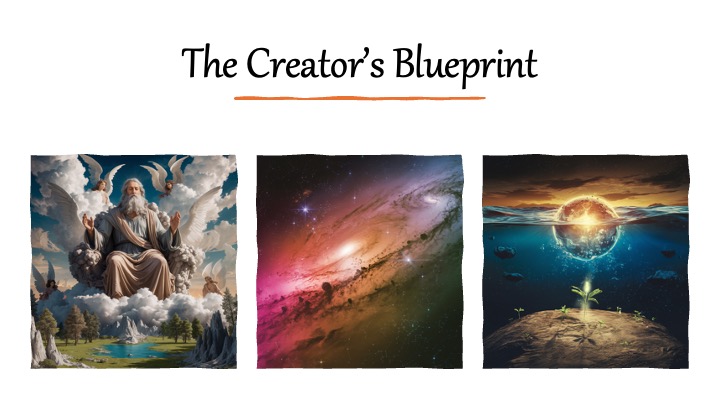In Daniel 7, Daniel is transported beyond the realm of historical narrative into the domain of apocalyptic prophecy, where he is granted a vision deeply imbued with symbolism and profound implications for the unfolding of divine judgment, the climax of history, and the ushering in of God's eternal kingdom. This vision commences with a tempestuous scene over the great sea, from which emerge four distinct beasts, each symbolizing successive world empires that wield significant influence across the ages.
The first beast, likened to a lion with eagle's wings, represents the Babylonian Empire, known for its majesty and swift expansion. However, a transformation renders it human-like, reflecting King Nebuchadnezzar's humbling and subsequent recognition of divine sovereignty. The second beast, a bear with one side raised and three ribs in its mouth, symbolizes the Medo-Persian Empire, characterized by its dual nature and expansive conquests. The third beast, a swift, four-headed leopard with four wings, denotes the Greek Empire under Alexander the Great, whose rapid conquests and subsequent division among his generals are legendary. Lastly, the fourth beast, terrifying and powerful with iron teeth and ten horns, signifies the Roman Empire, unparalleled in its might and ferocity, out of which arises a little horn — a symbol of Papal Rome, marked by its opposition to the divine, persecution of the saints, and attempts to alter sacred times and law.

Notes Today’s episode explores the profound relationship between faith and science in understanding the universe's origins. They emphasize that creation, as described in Scripture,...

In a tense Sabbath gathering at the synagogue in Capernaum, Jesus stands before a watchful and divided crowd. Among them is a man with...

The Book of Job is a profound narrative exploring human suffering, faith, and the mysteries of divine providence. Job, a prosperous and righteous man,...